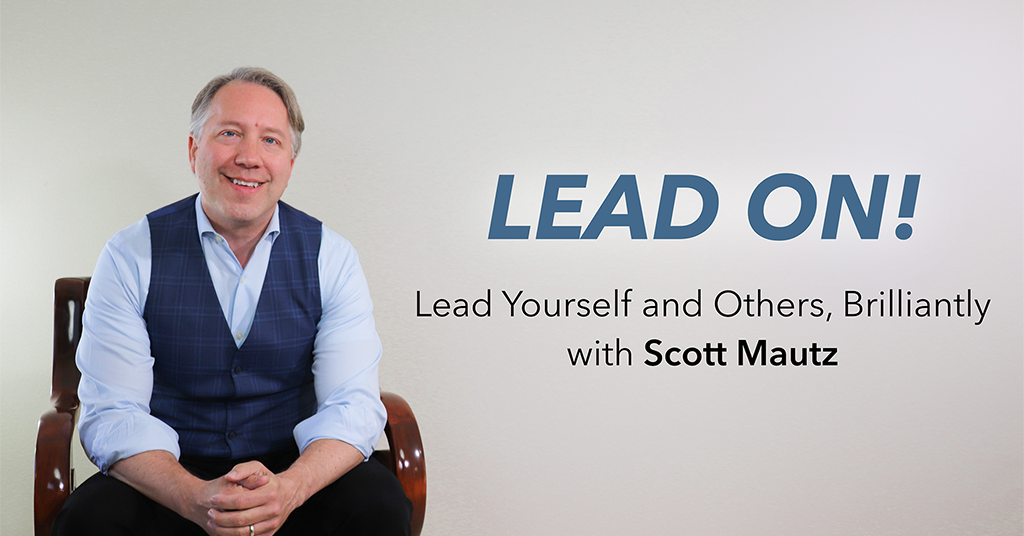
INSIGHTS (on leadership/self-leadership)
I recently discovered that a journalist, Bridget Thoreson, thinks about career progression exactly the same way that I’ve talked about it over the years. A career isn’t a ladder to climb, but a river to ride, one that takes twists and turns, flowing over and around obstacles in its path, and through deltas, fertile areas ripe for career exploration, until it empties into its ultimate destination, the ocean–a vast, interconnected world of possibility (that’s fed by many other rivers). Thinking about the career journey as meandering versus linear is freeing. And it’s 100% OK to do so. Nowhere on your college diploma does it say, “Only valid in pursuit of the C-Suite.” And when you see your career destination no longer as “a lonely perch but a thriving, wide-open ecosystem fed by the work of others to explore,” as Thoreson says, it changes how you think about your career. I’m not saying that a ladder for some still isn’t a useful career progression model. But now that you have an alternative way to think about your career, which way will you flow?
IMPERFECTIONS (a mistake I’ve made)
What happens when you love what you do, but it becomes too much of what you do? It’s something I find myself working through. Our speaking and training business is really cooking, and I love virtually every minute of the work, so much so that I’m struggling to maintain balance in my life. I trick myself into thinking I don’t mind because I love the work so much, but it’s a trap. Bruce Springsteen recently said this of not letting his absolute love of creating music take over his life: “It’s a great way to make a living, but it’s no way to live.” It’s a great reminder for me to periodically ask myself, amidst the flurry of work that I love to get lost in, not just “What do I want to do?”, but “How do I want to live?” When I ask this of myself, it’s an instant reality check, and helps me keep in check the time I spend working, versus living. Learn from my journey.
IMPLEMENTATION (one research-backed strategy, tip, or tool)
4 proven steps to help you better receive feedback:
Step 1: Resist defensiveness and suspend judgment – just objectively take in the information.
Step 2: Listen to understand, ask questions to clarify.
Step 3: Reflect on what you heard and make adjustments as appropriate.
Step 4: Remember that receiving feedback makes you stronger, not weaker – depending on what you do with it.




Leave a Reply